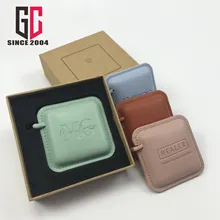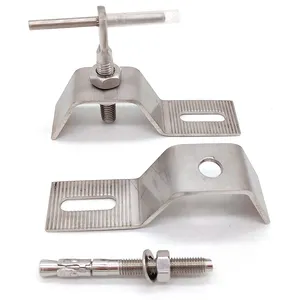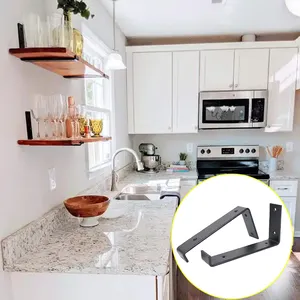L brackets, also called angle brackets or corner brackets, are versatile mounting fixtures used widely in construction and installation. As the name implies, they assume an L-shape that conforms to perpendicular surfaces for secure joining. Rigid, sturdy brackets fabricated from strong yet lightweight metals provide a rigid structural connection between two planes. Whether mounted horizontally between a shelf and wall or vertically between floor and wallboard, L brackets reliably transfer weight loads through their precise 90-degree angle. Precut sizes alongside left/right configurations ensure perfect complementary fits for any cutout.
Support capacities vary depending on materials, sizes, and specific engineered load ratings. As benchmarks, standard steel L brackets can typically handle 20-50 lbs (9-23 kg) per bracket of uniformly distributed load before failure. Reinforced heavy-duty L brackets or aluminum versions take it up to 75+ lbs (34+ kg) with larger profiles bracing 100+ lbs (45+ kg). Properly selected high-strength steel construction versions of sufficient sizing safely bear up to 200+ lbs (90+ kg). Appropriate over-engineering ensures brackets enduringly exceed anticipated working loads applied across their joining planes.
Common L brackets include carbon steel. Steel is a very common material for L brackets due to its strength, durability, and low cost. Stainless steel L brackets may also be used for corrosion resistance. Aluminum L brackets are lighter weight than steel versions but still provide adequate strength for many applications. They don't rust. Plastic L brackets are available for non-structural uses where weight savings are important. Common plastics include nylon, polypropylene, and ABS. Wooden L brackets can be used for joining wooden frames and structures. Hardwoods like oak are durable, while softwoods like pine are cheaper. Wrought iron L brackets have an antique or decorative look and are fairly robust. They are more prone to rusting than steel. Brass L brackets provide corrosion resistance and a finished appearance. They are more expensive than steel or aluminum.
Versatile L brackets join perpendicular planes of myriad materials. Common applications include fastening wood framing, drywall, paneling, plaster, concrete, and masonry together rigidly. Some Plastic, composite, and fiberglass varieties suit non-conductive mounting needs. Proper bracket material selection also allows reliable installation onto metals without the risk of galvanic corrosion. Overall, L bracket performance depends on surface preparation and compliant hardware rather than material type.To maximize durability outdoors or in high-moisture environments necessitates rust-resistant L brackets. Zinc and zinc-nickel plated steel withstand corrosion exceptionally. Beyond plating, reinforced powder coat finishes provide a durable barrier against rusting when subjected to weather, salt air, or industrial conditions. Additionally, stainless L brackets formats deliver fully corrosion-proof performance critical for coastal, nautical, or other corrosive applications. Proper selection ensures brackets are installed to match the products they assemble.











































 浙公网安备 33010002000092号
浙公网安备 33010002000092号 浙B2-20120091-4
浙B2-20120091-4